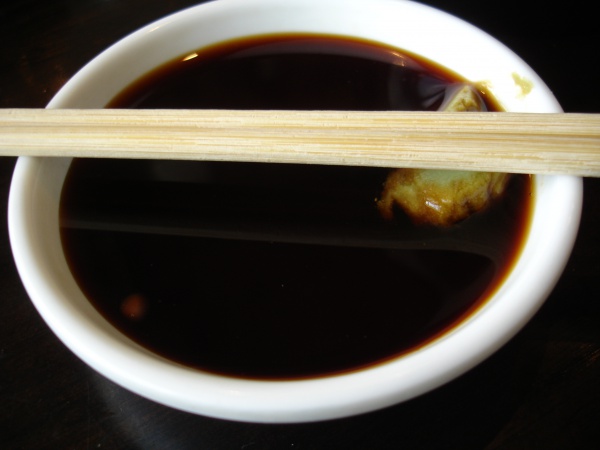Facts About Soy sauce
Soy sauce, also known as soya sauce, is a richly flavored liquid condiment originating in China approximately 2,200 years ago. Made from soybeans, roasted grains, brine, and fermenting agents like Aspergillus oryzae, it has become an essential ingredient in East and Southeast Asian cuisine.
Soy sauce can be used in a variety of ways: drizzling it directly onto food, using it as a dip, or incorporating it into dishes during cooking to enhance their flavor. It pairs excellently with sushi, noodles, and sashimi. Moreover, soy sauce is convenient to store at room temperature and is frequently found in bottles on restaurant tables.
The production of soy sauce involves either fermentation or hydrolysis. The traditional method includes fermenting soybeans and grains with mold cultures, a process that can take several months. The flavor, color, and aroma of soy sauce can vary significantly depending on its production methods, ingredients, and any added substances.
Soy sauce is known for its distinctive taste profile, which combines saltiness, umami, sweetness, and a hint of bitterness. Different regions have their own variations of soy sauce, such as Japanese shoyu, Korean ganjang, Indonesian kecap, and Thai si-iu, each offering unique ingredients and flavors.
From a nutritional perspective, soy sauce is rich in antioxidants and lactic acid bacteria, though it can also be high in sodium. Some types of soy sauce contain carcinogens, and low-sodium alternatives are available for those concerned about their salt intake. Allergies to soy sauce are rare and typically associated with wheat intolerance rather than soy.
